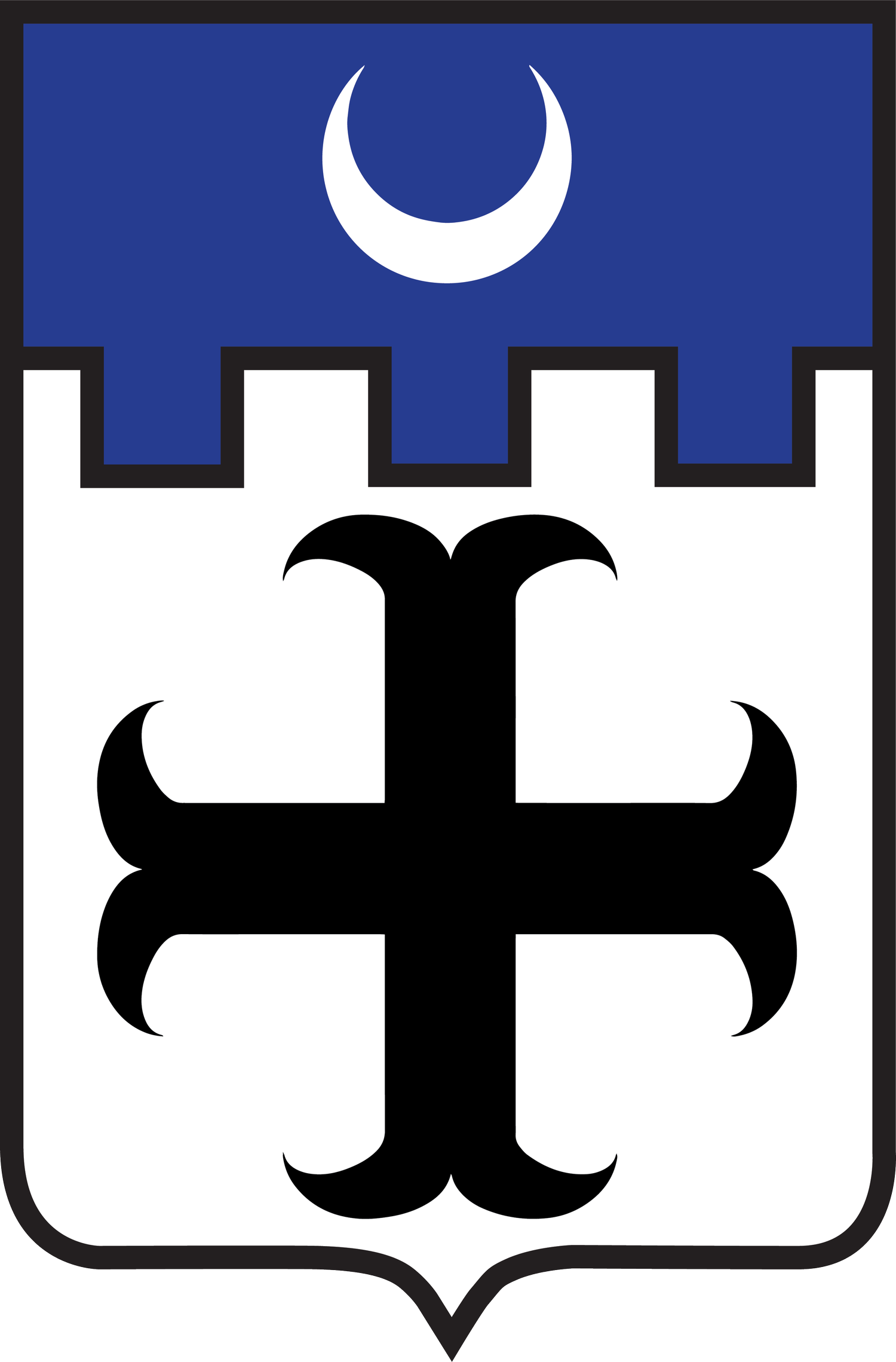Christmas in June
By Br. Maximilian Mary Anderson, O.S.B.
This article was originally published in our June 2025 Kansas Monks newsletter. Read the whole newsletter at www.kansasmonks.org/newsletter/june2025
“There was a man sent from God, whose name was John. He came for testimony, to bear witness to the light, that all might believe through him. He was not the light, but came to bear witness to the light.” (Jn 1:6-8) This excerpt from the Prologue of John’s Gospel tells us the most essential thing about the Baptist; that he was created and called to witness to the coming of Christ into the world. I’d like in this article to share some reflections on significant aspects of the life of St. John the Baptist and how the Church remembers him in the liturgy to show how his vocation can help us to understand more deeply our own.
There are many parallels between Jesus and John. Apart from their being related to each other and around the same age, they both are born into the world through God’s intervention. Both are heralded by God’s messenger, Gabriel, as destined for grand things during the course of their lives. Both of them are also born when Israel was in great expectation that the messiah would arrive at any time according to the reckoning given in Daniel. John must have had the look of a potential messiah, at least in terms of his having attracted a following. Strikingly, that was one thing he emphasized that he was not.
“When the Jews sent priests and Levites from Jerusalem to ask him, ‘Who are you?’ He confessed, he did not deny, but confessed, ‘I am not the Christ.’ … They said to him then, ‘Who are you? Let us have an answer for those who sent us. What do you say about yourself?’ He said, ‘I am the voice of one crying in the wilderness, “Make straight the way of the Lord,” as the prophet Isaiah said.’” (Jn 1:19-20, 22-23)
This is the first thing that John shows us about our own vocations: that our living of our vocation is not for our own glory. John saw his entire life as given to him for the sake of being a sign or a highlighter for others to prepare for, to take note of, and to follow his cousin. This is probably most effectively done by first becoming more deeply aware of Christ’s presence in our day-to-day life. When we are more aware of his presence there, we can begin to make John’s words our own: “Behold, the lamb of God!” (Jn 1:36).
It is interesting to note the connection between the solstitial nature of the nativities of Jesus and John—John’s on June 24 is always near the longest day of the year, and Christmas is always near the shortest—and John’s saying from the gospel “he must increase, I must decrease.” (Jn 3:30) John’s nativity always comes around the time the days begin to grow shorter again, and Jesus when they begin to grow longer again. This is far from being merely coincidental. It’s coupled with the fact that John is one of the few people for whom the Church has two feast days. It is striking also that we use the same names for these two feast days for both Jesus and John; John’s are also commonly called his nativity and his passion.
The corollary to our vocation here is that our living of it makes us look more like Christ; better put, it makes us more alive in him and he comes to live more fully in us. There is something of a paradox here in John’s life, and indeed, in the life of any saint, in that they become more themselves by making everything about them more not about themselves, but about Jesus.
As catchy as the phrase “Christmas in July” is, especially for commercials, this is why it is more fitting to talk about “Christmas in June.” The birth of John the Baptist is a foretaste and foreshadowing of the redemption that is so close to happening at the time he is born. For us, our commemoration of the Forerunner this month is meant to lead us to a deeper awareness of our need for Christ to come into our lives today. It also shows us that, because he does come into our lives each day, we need not wait for Advent to “Make straight the way of the Lord.” (Jn 1:23)


